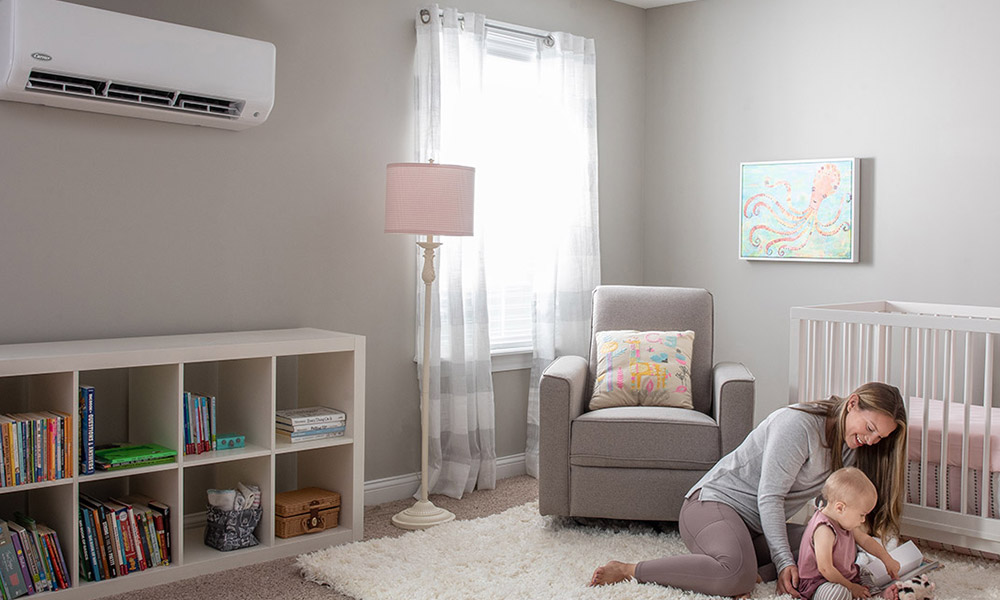We cherish the fresh mountain air and wide-open spaces here in Central Oregon. But what about the air we breathe inside our homes? While the outdoors might be a breath of fresh air, indoor air quality can often be surprisingly low. Dust, allergens, pollutants, and even moisture can all contribute to a stuffy, uncomfortable, and even unhealthy home environment. The good news is that there are several steps you can take to improve indoor air quality and create a healthier and more comfortable living space for you and your family. Here are five key strategies our heating and cooling experts recommend.
1. Embrace the Power of Filtration
Air filters are the workhorses of indoor air quality. They trap dust, pollen, pet dander, and other airborne particles before they can circulate throughout your home. Regularly changing your air filters, typically every one to six months, depending on your system and household needs, is essential. Consider using high-efficiency particulate air (HEPA) filters for maximum filtration. These filters are especially beneficial for allergy sufferers or those with respiratory sensitivities.
2. Control Humidity Levels
Excessive humidity can create a breeding ground for mold and mildew, both of which can trigger allergies and respiratory problems. Conversely, dry air can irritate sinuses and skin. The ideal humidity level for your home falls between 30% and 50%. Investing in a humidifier or dehumidifier can help you achieve this optimal range.
3. Increase Ventilation and Fresh Air
Opening windows and doors whenever possible is a simple yet effective way to improve indoor air quality. Fresh air helps to dilute indoor pollutants and introduce oxygen. Using ventilation strategies alongside air filtration can be particularly beneficial during peak allergy season or high pollen counts. Unfortunately, this method will not work during wildfire season.
4. Consider Your Cleaning Products
Many common cleaning products contain harsh chemicals that can irritate the lungs and contribute to poor indoor air quality. Look for eco-friendly cleaning solutions free from volatile organic compounds (VOCs). Simple household staples like vinegar and baking soda can often be surprisingly effective for tackling cleaning tasks.
5. Choose the Right Furnace and HVAC Systems
The type of furnace and HVAC system you have plays a significant role in your indoor air quality. Modern, high-efficiency systems are designed with features that promote cleaner air circulation. These can include multi-stage filtration, built-in air purifiers, and variable-speed operation for consistent airflow.
At Bend Heating & Sheet Metal, our team of NATE-certified technicians can help you choose the right furnace and HVAC system for your specific needs and budget. We understand that everyone’s home and family situation is unique, and we’ll work with you to find a solution that optimizes both comfort and indoor air quality.
Improve Indoor Air Quality With Bend Heating
Beyond these five tips, the Bend Heating team is a valuable resource for creating a healthier home environment. We offer professional air quality testing to identify specific pollutants, duct cleaning services to remove dust and debris from your ventilation system, and ongoing maintenance plans to ensure your HVAC system is operating at peak efficiency.
By taking these steps to improve indoor air quality, you can create a haven of comfort and well-being in your Central Oregon home. Breathe easier, live healthier, and enjoy the peace of mind that comes with a clean and comfortable living environment. Contact Bend Heating & Sheet Metal today—we’re here to help you breathe easy.
